
Kidneys and nephrons
Kidneys are twin organs that are a part of the urinary system, located in the lower part of the torso, near the spine. The primary function of the kidneys is the filtration of blood and the reabsorption of water and various solutes. Harmful waste, toxins and excess water is removed from the body by filtration. Kidneys also help to maintain adequate balance of fluids within the body.
What makes kidneys work are its main structural and functional units, the nephrons. There is roughly one million nephrons in every kidney - a complex system indeed.
Nephron structure
Nephrons are basically tubes, thin and long. They are basically made of a network of microscopic, thin - walled blood vessels and drainage canals, through which most of the molecular - sized ingredients of blood may be filtered. A nephron has two main parts, the renal tubule and the renal corpuscle.
Renal corpuscle is the first filtering system of the nephron. It is composed of two structures. these are glomerulus and the Bowman's capsule.
Glomerulus is like a knot of miniature blood vessels. Blood pressure suffices to push the solutes through the walls of the glomerulus' vessels into the space that surrounds it. Bowman's capsule, a double membrane in the shape of the cup, forms this space and encompasses the glomerulus. Basically, if you would put your hand around your other hand, clenched into a fist, you can get the idea of the structure of the renal corpuscle - the fist is the glomerulus, the hand that encompasses it is the Bowman's capsule.
The renal tubule is the second part of the nephron. It begins after the Bowman's capsule, descends from the renal cortex (where the renal corpuscles are located) into the renal medulla, loop and return to the cortex. there they drain into the collecting duct system. A renal tubule is divided into three main parts: proximal (near) tubule, loop of Henle and distal (distant) tubule. Proximal tubule has microvilli, numerous elongated knots which increase their absorbing surface.
Function
Nephron function is all about filtration, reabsorption and secretion of matter that is found in blood. As mentioned, there are waste products and harmful substances that should be removed, but some useful substances as well, which should be kept. Filtration in the renal corpuscle is not selective, everything that can pass through the thin walls of the glomerulus will pass through them. This means that small molecules found in blood can pass through the membrane, but large molecules such as proteins and cellular structures (blood cells, that is red and white blood cells and blood platelets or thrombocytes) cannot pass. Seventy percent of blood plasma and its solutes (this is blood without the blood cells) are filtered out through the walls of the glomerulus.
Some of that (like glucose and amino acids) needs to get back in the blood. this is done by selective reabsorption. This process takes place in the renal tubule. Necessary molecules and substances, such as, glucose, vitamins, amino acids and ions are transported actively - walls of the proximal tubule have structures that 'grab' them and transport them back inside, to the blood vessels in the wall of the tubule. this increases their concentration in the area. Increased concentration of these substances causes the filtered plasma to flow through the porous walls by itself, by process of osmosis.
The loop of Henle concentrates the salts that are meant for excretion by urine. It creates an area of high solute concentrate in the medulla and is responsible for forming the definite urine. This is achieved by different permeability for water and salts in various sections of the loop. Concentrated urine is drained into the distal tubule and passed to the ureters and bladder.






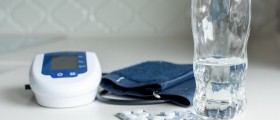
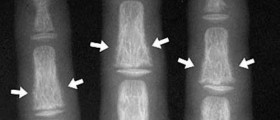
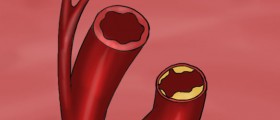
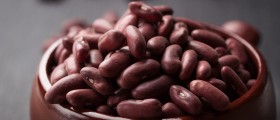

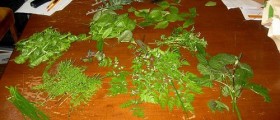
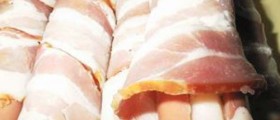
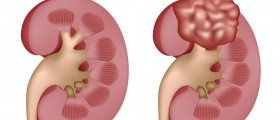

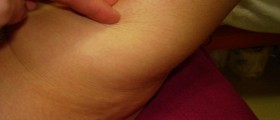

Your thoughts on this
Loading...